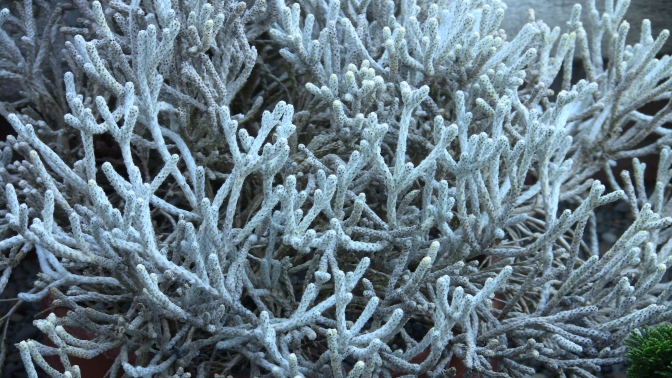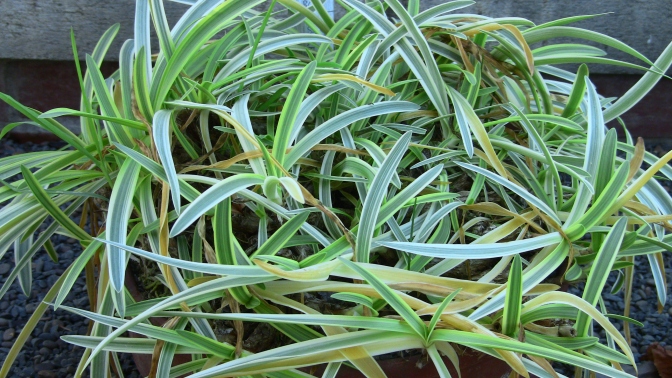The Christchurch Botanic Garden surprised me on more than one level. They don’t just play host to a spectacular array of plants. They also hold several uniquely specialized greenhouses. The last post visited the orchid and epiphyte house. This post is about the alpine house.

I’m not sure why alpine plants need a greenhouse, to be honest. They don’t need to be kept particularly warm. The annual precipitation in Christchurch is fairly low, and probably doesn’t spell death for any plant caught out in it. These plants certainly are slow growing, so probably a big reason to keep them in a greenhouse with solid sides and heavy metal mesh (around the walkway inside the greenhouse) is protection against visitors. Plucking an inch off of a slow growing plant to take home with you can set an alpine plant way back. Some of the alpine plants, such as Aciphylla spp, can do considerable damage to anyone naive enough to get too close. They don’t really need babying when it comes to growing conditions, though. Just give them drainage and sunlight!
Walking into the alpine house, I was treated to a sight that I couldn’t have been happier to see.

C indivisa was a common sight when I was on the north island near Lake Taupo, where it was fairly chilly. Down in Christchurch, it was feeling like winter compared to up there. The grass leading up to the alpine house was crunchy under my feet, and seeing this specimen gave me home that somehow, someday, I might be able to grow it outside at home. Check back here for another post on this awesome plant.
Another plant that caught my eye outside of the alpine house was Clematis cirrhosa ‘Wisley Cream’.

On to the greenhouse itself. While fairly small, it held quite a few plants inside. Most of the plants were small themselves, so fit into the size of the greenhouse perfectly.





Other natives in the greenhouse included aciphylla and oxalis. The alpine house did have a few non native plants as well. I wish they would have had a Notothlaspi rosulatum or Raoulia eximia in there instead of the garden plants. R eximia I was able to see on a few hikes, but N rosulatum has still evaded me.


New Zealand seems to have a thing for cyclamen, which was generously represented in the alpine house. I didn’t take any pictures of them, because… cyclamen aren’t my thing.
The next CBG greenhouse I’ll show you is a bit warmer than this one. It’s time to see some cacti!